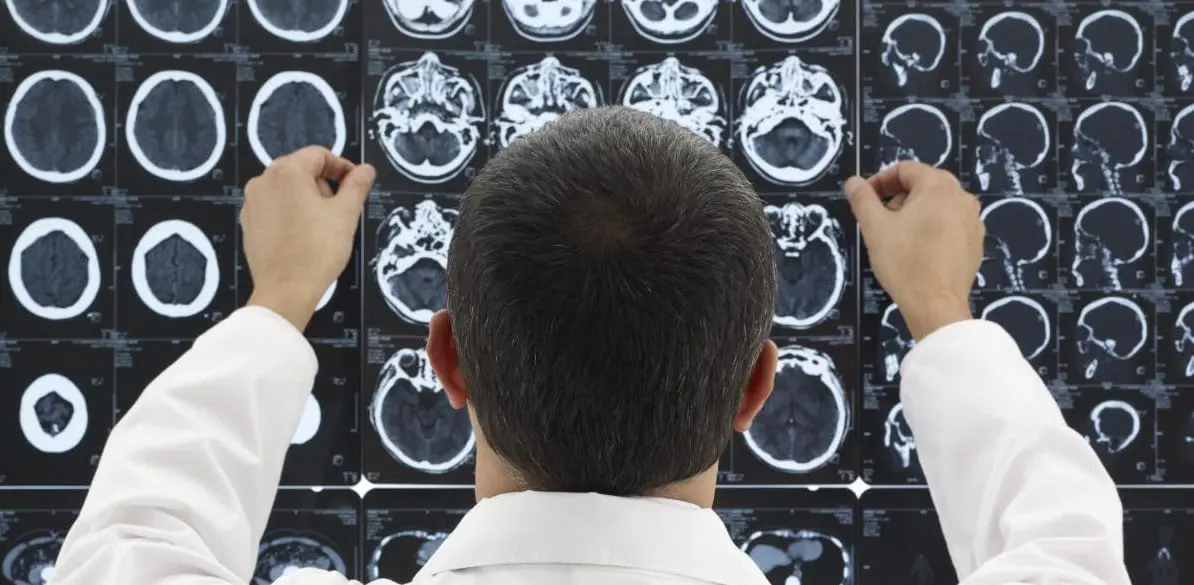Higher function disorders that limit driving

Driving requires the drive to have an adequate sensory perception through vision and hearing, proper attention, cognitive integrity, and precise immediate and well-coordinated motor response.
Any condition modifying or affecting these characteristics will limit the ability to drive.
Aphasia
The damage from infarction, tumor, injury, or degeneration of the speech areas in the brain cortex causes a disorder in the understanding of words, in the recognition of auditory, visual, or tactile symbols, and in identifying or remembering them.
Alexia
It is the selective acquired inability to understand written words.
Apraxia
It is frequent in many structural and metabolic diseases affecting diffusely the brain, particularly the frontal lobe.
The patient is not able to carry out learnt voluntary motor actions despite his physical ability and willingness to do it.
He can carry out the individual components of movement, but he lacks the movement pattern in order to translate it into an action with a purpose.
Amnesia
Disorder characterized by the partial or total disability to recall past experiences.
The most frequent causes of serious memory loss are degenerative dementias, cranial injuries, anoxia, or cerebral ischemia and poisoning by drugs, abuse drugs, and alcohol.
Transient global amnesia is characterized by the sudden appearance of a confusion state and serious loss of memory, that lasts from 30-60 minutes to 12 hours or longer, and is usually due to transient ischemia, or in young people with headache.
During the crisis there is total disorientation together with loss of memory, that usually subsides gradually until returning to normal.
However, in some cases of amnesia no specific measure can stop the condition or improve the end result.
Advice on aphasia, alexia, apraxia, amnesia
- Driving requires recognizing auditory and visual symbols, and understanding words and numbers.
- Patients with aphasia must not drive.
- Even if aphasia is transient, a psychotechnical assessment by the expert is advisable, to assure the complete recovery without gaps of the driver’s understanding both from an auditory and reading and interpretation viewpoint.
- Apraxia is fully disabling for driving.
- Transient amnesia, self-limited over time, allows for driving when the patient has recovered without sequels from the cause originating it.
- If the origin of amnesia is a degenerative disease that impairs memory progressively, it is likely that, in a short period time, the patient cannot drive, and feels confused, insecure, unable to react and anxious.
- The physician should advise the patient against driving, also informing his relatives or people close to him.
Impairment of consciousness level, stupor, and coma
The alertness with normal cerebral performance requires that the interaction between the cognitive functions of the hemispheres and the alertness mechanism of the reticular formation.
The impairment of the consciousness level can be brief as in syncope, or prolonged as in some convulsive disorders and cranial injuries.
- Dulling is a reduced alertness, usually associated with excessively deep sleep, from which they can only awake through strong stimulation.
- Stupor is a lack of response that requires a strong, repeated stimulation to awaken the patient, only briefly.
- Coma prevents from awakening the patient and the lack of response is complete.
Often, the loss of consciousness is associated with epilepsy, generalized infections, transient ischemia, diabetes mellitus, hypoglycemia, bleeding, cranial injury, renal failure, heart disease, HT, drugs, and alcohol.
A persistent vegetative state is very frequent after a serious cranial injury or global anoxia, and can last many years.
Few improve after some months, and none recovers fully after this time.
Advice on the impairment of consciousness level, stupor, and coma
- Any change in the consciousness level, no matter how minor it seems to be, reduces the alertness and reactivity required for driving safely.
- The transient reduction of the consciousness level for known, specific causes, is disabling for driving until complete recovery of alertness.
- Syncope or the risk of suffering it is disabling for driving.
- The driver with repeated impairment of his consciousness level should know that he cannot drive until the treatment of his causal disease or the addiction to drugs or alcohol permits the sustained stability with an adequate consciousness level.
Delirium and confusion
Delirium is characterized by severe disorders in awakening, attention, perception, cognitive function, and affection.
It is often associated with fear, agitation, tremor, irritability, visual and auditory hallucinations, and sometimes seizures.
It is observed during withdrawal from alcohol and drugs such as barbiturates, in encephalitis, meningitis, and in some cerebral infarctions.
Delirium is a dangerous and at times fatal disorder, that requires a direct urgent treatment, in addition to the causal.
Confusional states are less striking than delirium, with a less sudden onset, milder disorientation, and more subtle motor signs. They occur mainly due to drugs and metabolic disorders.
Mild confusional states are frequent, and they are characterized by apathy, somnolence, transient disorientation, and low ability to concentrate, with errors of perception and thinking. Tremor and difficulty for motor relaxation are frequent.
Advice on delirium and confusion
- Delirium is disabling for driving.
- The definitive resolution of the cause of the clinical condition without sequels or risk of relapse will allow for driving again.
- The physician will indicate the safety time free from symptoms to authorize the patient to drive.
- Confusional states, sometimes difficult to diagnose, prevent in any case from driving for the loss of ability to concentrate when driving, and difficulty to control both the car and the environment.
